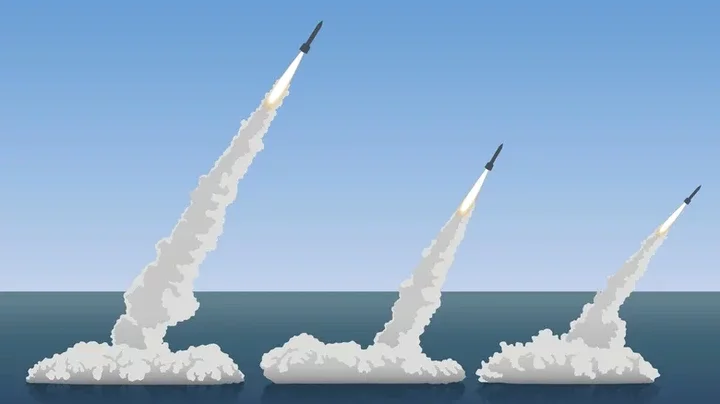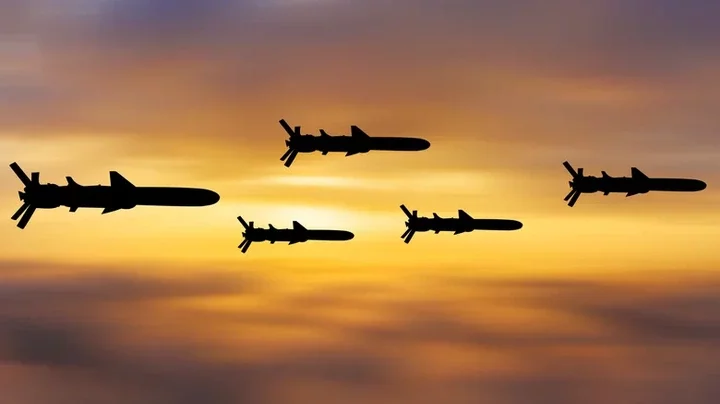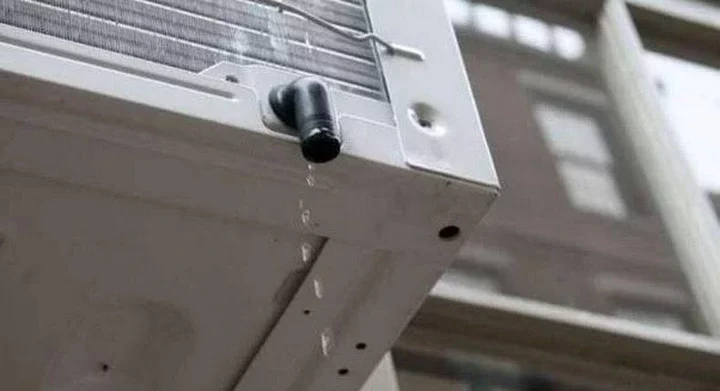
For better or worse, the ballistic missile is one of the greatest accomplishments of modern engineering. It's a massive, unmanned propulsion device designed to launch an explosive payload hundreds to thousands of miles away depending on the ballistic missile type, possibly as far as another continent. Not only that, but how long it would take for a missile from Russia to reach the U.S. is around 30 minutes, a far cry from the multi-hour trek it would take for a person to travel so far. It would be nice if such an incredible achievement weren't a tool of war, but nothing propels science forward quite like weapons research.
As impressive as a ballistic missile is in the broad scale, the science of it should not be undersold. While people talk about launching missiles being as simple as "pushing the button," it's actually a very complex system of targeting and acceleration, broken up into three phases: Boost, Midcourse, and Terminal. Not only does the missile need to be perfectly managed during these phases, but it all needs to happen in that span of 30 minutes.
The Boost Phase lasts several minutes

The first - and second-shortest - phase of a missile strike is the Boost Phase. In this phase, the missile takes off from the initial launch point and begins its flight into the Earth's atmosphere, where it can establish the arc of its trajectory. Because the missile's boosters are so powerful, it doesn't take very long for the missile to reach the end of this first phase, at which point the boosters are disengaged and the missile begins cruising unpowered. Depending on the missile's target, the Boost Phase can last anywhere from three to five minutes.
For those looking to intercept a missile, the Boost Phase is the ideal time to do it, if not the easiest time. Since the boosters are still on and the missile is trying to break away from Earth's gravitational pull, it hasn't actually established its trajectory yet. If it could be destroyed or disabled now, the explosive payload wouldn't get anywhere near its intended target. Of course, to disable a missile at this phase would require the defender to basically know ahead of time that a missile is being launched, the odds of which are obviously low.
The Midcourse Phase is the longest phase

The second and longest phase of a missile strike is the Midcourse Phase. With its velocity and trajectory established by the launch, the only thing to do now is wait for the missile to gradually lose its speed and begin tilting back down toward its target. This is why the Midcourse Phase is the longest - depending on the distance to the missile's target, the Midcourse Phase could last up to 20 minutes.
While the boosters have been disabled, the missile is still traveling incredibly quickly - around 15,000 miles per hour. However, since it's moving at a pre-established trajectory, this is the easiest phase for a defender to intercept the missile. Interceptor missiles could be launched into the missile's flight path to detonate it in mid-air. If an interceptor misses, there's still enough time left to launch additional interceptors. Of course, this is all assuming that the missile isn't equipped with its own countermeasures, such as electronic jammers or signal-scrambling chaff deployers.
The Terminal Phase lasts less than a minute

The final, shortest phase of a missile strike is the Terminal Phase, which lasts less than a minute. Once the missile has reached the end of trajectory and gravity has fully reasserted itself, it will reenter the atmosphere and begin rapidly falling toward its intended target. Even without the boosters engaged, the sheer force of gravity will pull it down with impressive speed - nearly 2,000 miles per hour. At this point, a direct hit on the target is imminent; the Terminal Phase has its name because, as with a terminal illness, there is little a defender could do at this point to stop the missile.
For a defender to intercept the missile now, there would need to be defensive measures like the United States' Patriot Air Defense System or Israel's Iron Dome Missile System right in the missile's path. An interceptor launched from anywhere else would never make it in time. The silver lining is that, if there are defensive measures in place, it is actually fairly easy to catch the missile. It's not moving as quickly as it was in the first two phases, so if someone is fast on the button, it's still possible to intercept it far enough away that the target won't get directly hit.

















Comments